Soft Landings
Team
We combine technical knowledge of building performance with a commitment to engaging users, to help deliver more effective buildings.
Our inherent curiosity leads us to seek feedback on completed buildings and to stay in touch with their operators and users, while our attention to detail and tenacity drives us to optimise systems in use. This develops our understanding of what works well and feeds forward into future projects.
We have a long standing involvement in the development of Soft Landings and have experience of all Soft Landings stages.
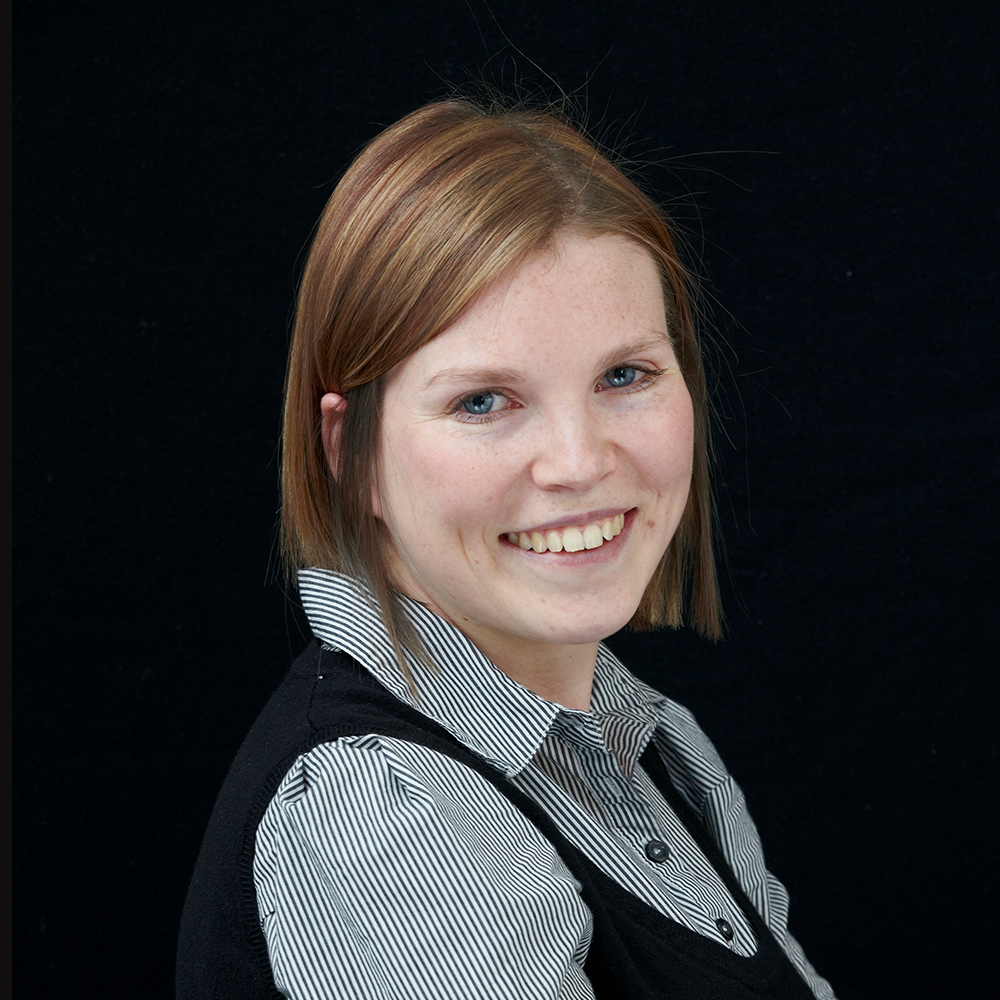
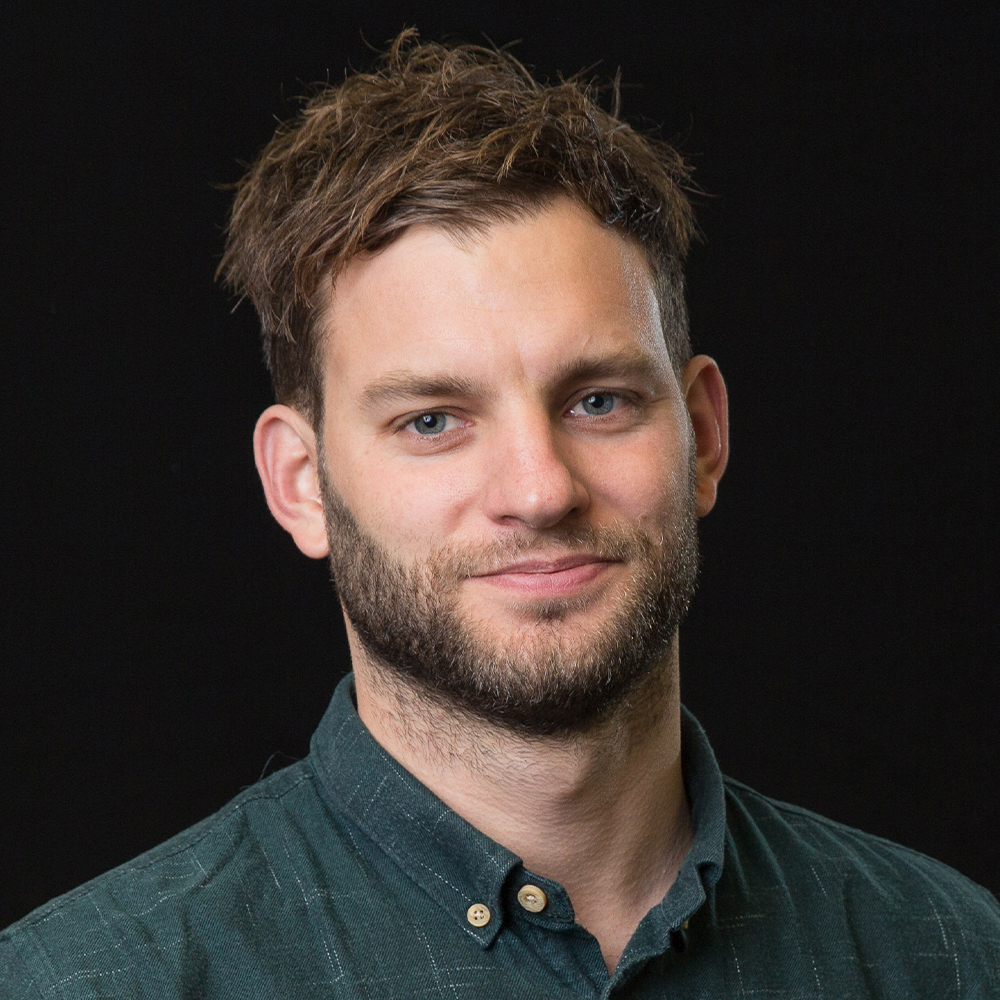
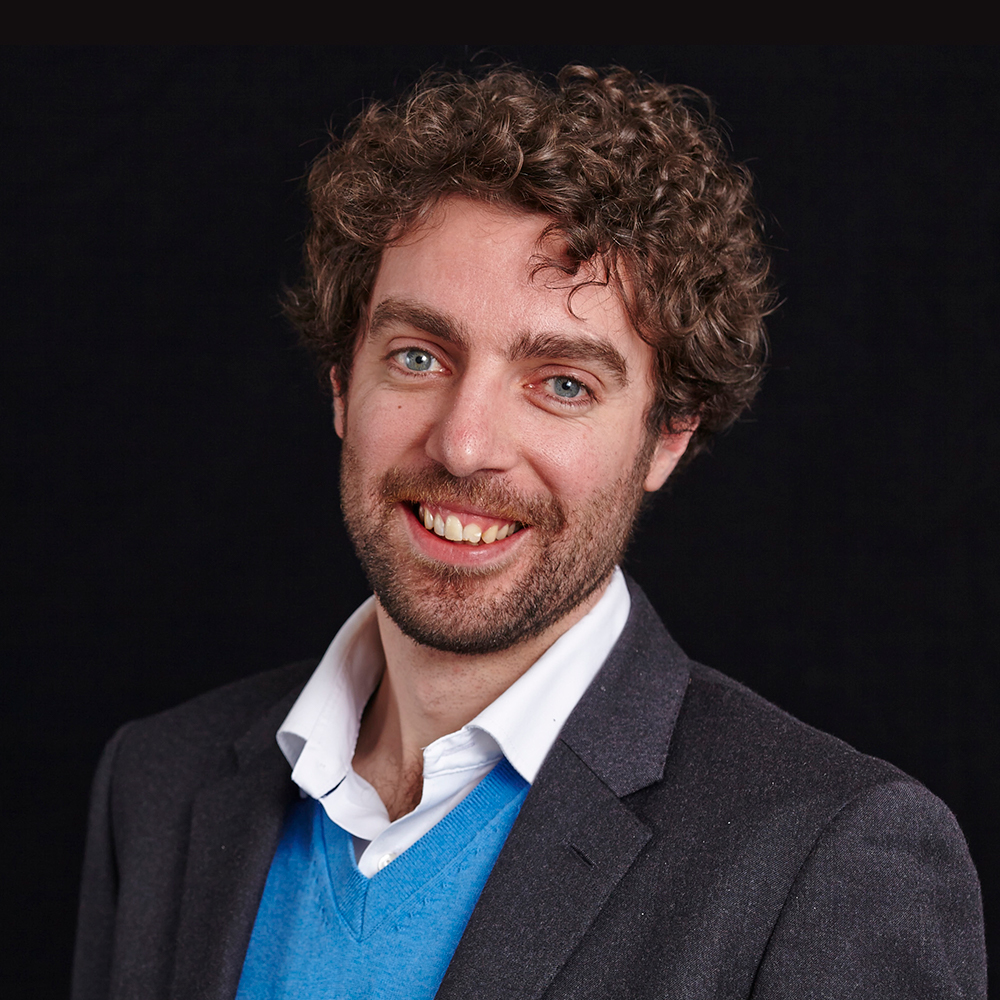
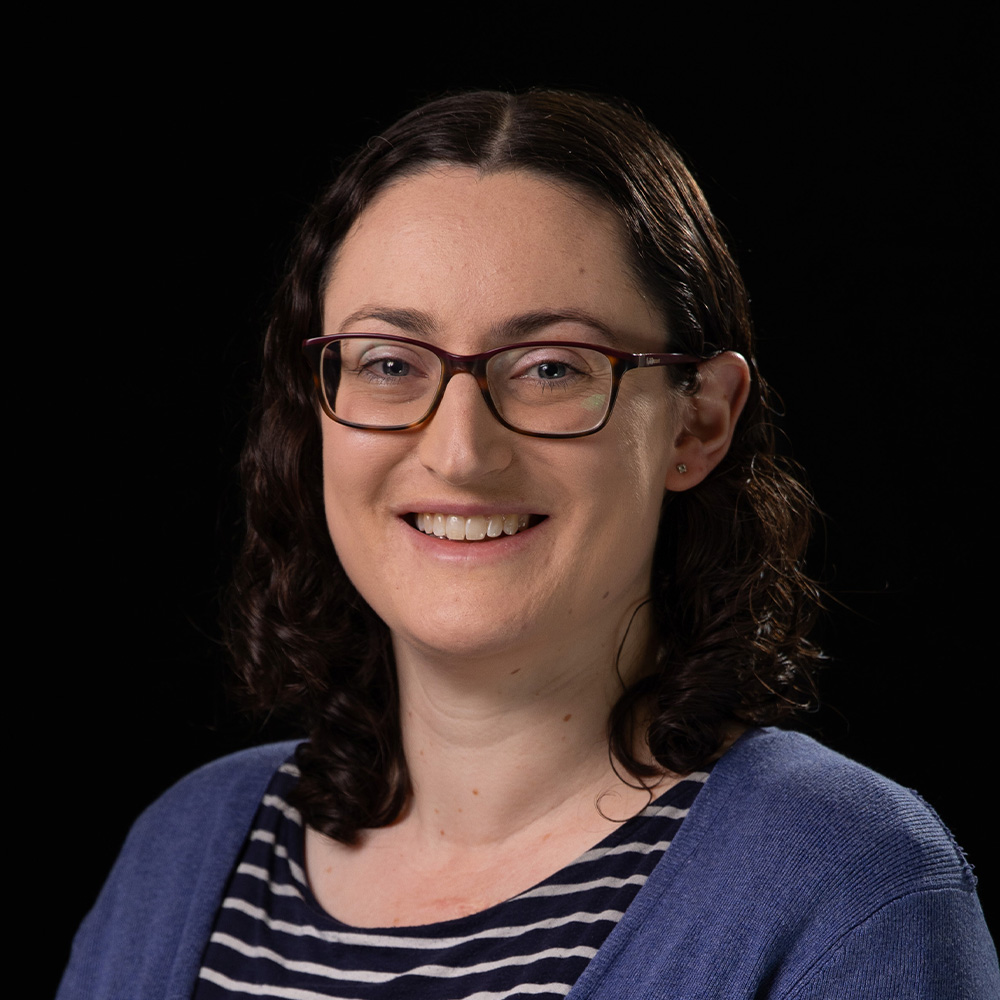
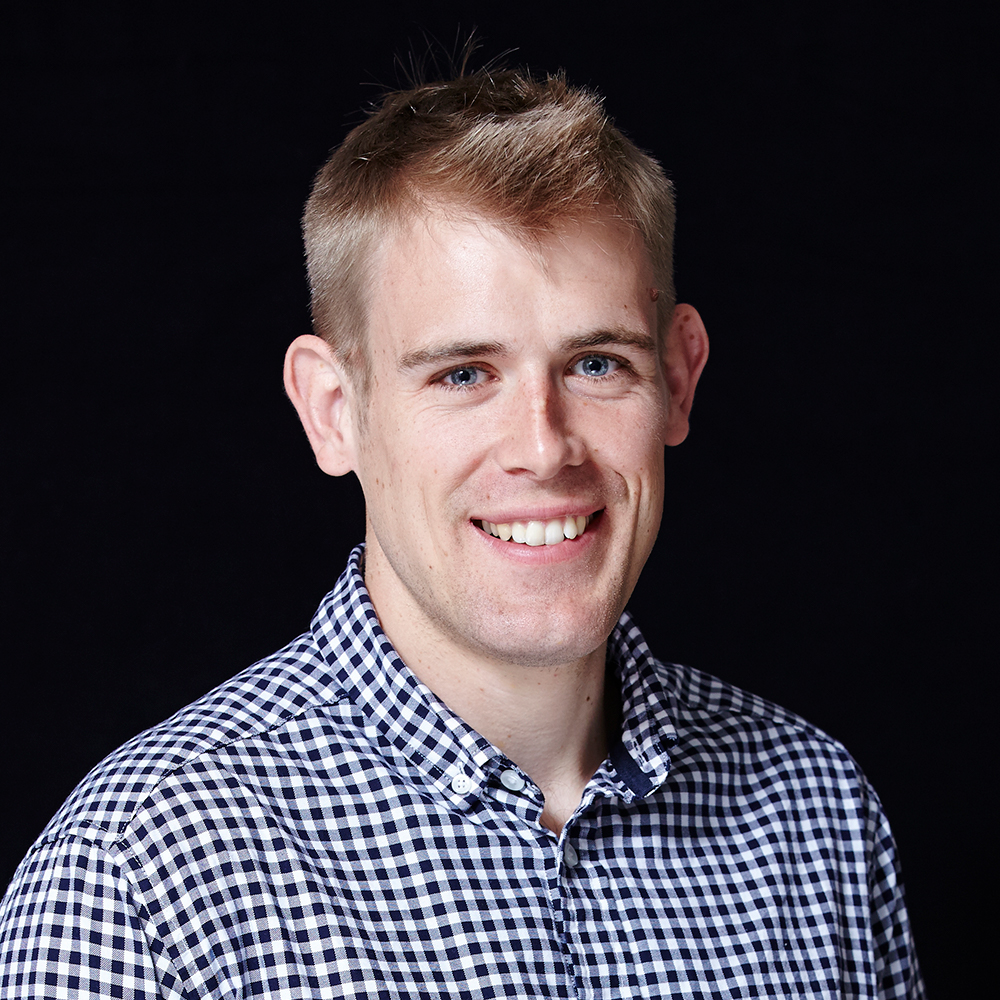

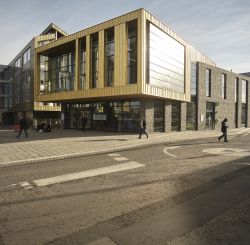
.jpg)